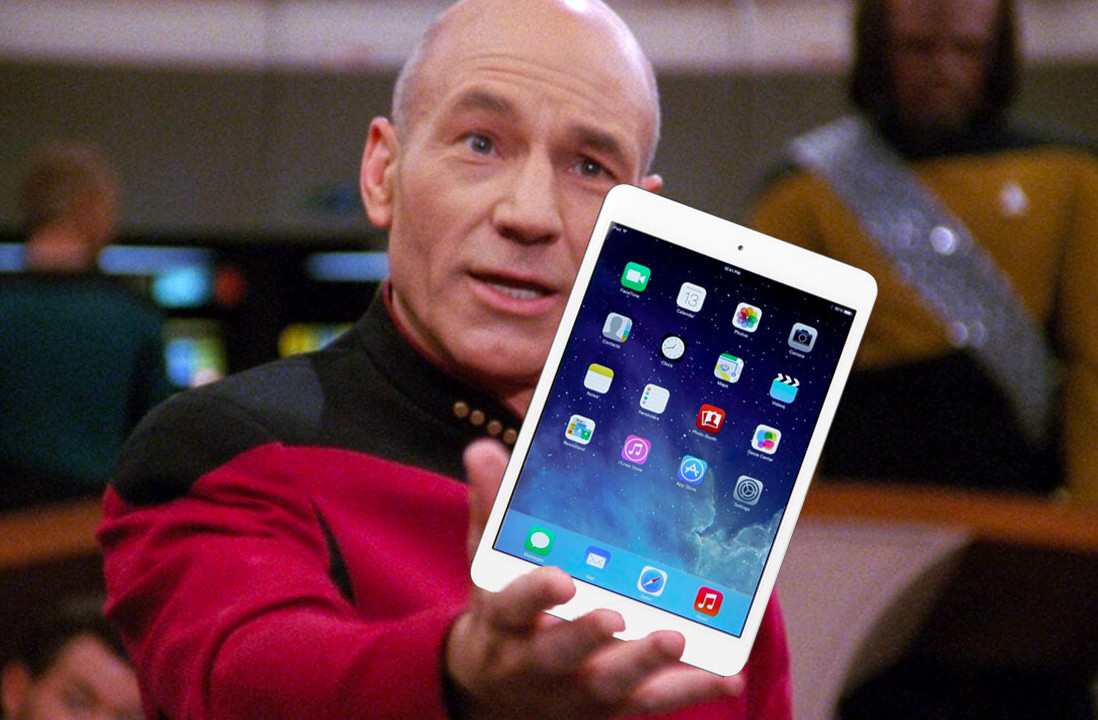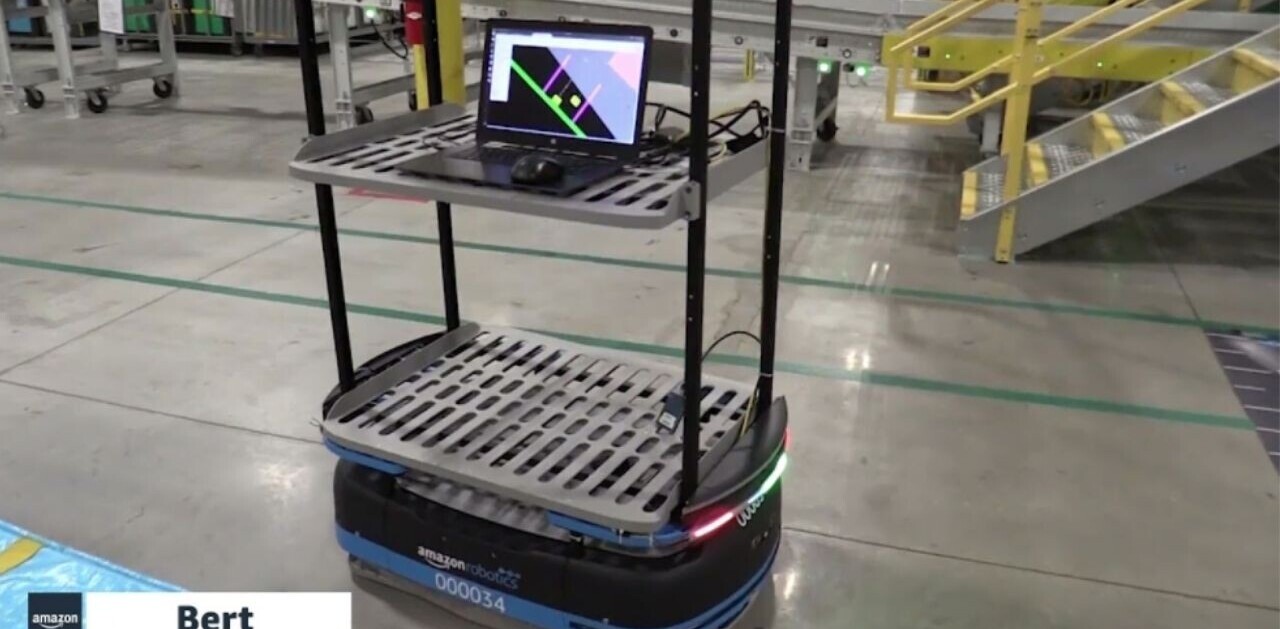
2020 offered valuable lessons about how and why technology business leaders need to future-proof their business models — whether we liked it or not. The pandemic sent normal operations out the window and forced companies to take huge leaps forward in adopting and advancing new technology.
Now, it’s time to harness the lessons learned from this pivotal year to create lasting changes to strategies and infrastructure.
During the pandemic, I worked closely with chief nursing officers and healthcare technologists to implement virtual care solutions. As hospitals scrambled to keep up with an unprecedented number of patients and medical staff tried to protect themselves and others from a virus we knew very little about, I watched leaders implement new solutions in a high-stakes environment.
As I’ve observed, I’ve gleaned several lessons about how organizations can look forward and leverage technology to set themselves up for success in the future — whatever it might hold.
Here’s what you, as a technology business leader, need to know to create a truly future-proof business model:
1. Future-proofing doesn’t have to be complicated
The idea of future-proofing might sound intimidating to many because it’s wrapped in troubling notions about long-term commitments. Many leaders hear “future-proof” and envision committing to an entire suite of technology that they’ll have to keep around forever. They think they won’t be able to change the tech to accommodate new business needs, but that simply isn’t true.
There’s really no such thing as a future-proof piece of hardware or software. (Does anyone still own a PalmPilot?) All tech eventually becomes obsolete, which is one reason only about 30% of digital transformations are actually successful.
So what is future-proofing really? Future-proofing is not about adopting any specific piece of technology. It’s about creating an evergreen business model supported by infrastructure that will not need to be changed significantly as the technology advances.
Thankfully, the basis of a future-proof platform only has two requirements: power and a high-speed internet connection in every room.
Once you have that, you don’t have to be stuck with any specific piece of tech forever. The software should be a service that can evolve, and the hardware shouldn’t be so expensive that it can’t be updated, upgraded, or replaced over time.
2. You’re subscribing to a strategy — not a piece of technology
When organizations set their sights on digital transformation, too often, they become fixated on point solutions rather than platforms or strategies. A point solution is a device; a platform has the ability to add on other components as necessary. This is where I find many organizations falter.
During the pandemic, for instance, I saw healthcare organizations using iPads for virtual care to minimize patient contact. While iPads work great as a stopgap measure, consumer technologies have limitations in a hospital setting.
FaceTime on an iPad is a point solution. What hospitals really need is a virtual-care strategy and a care delivery platform that addresses the entire continuum of healthcare. Deploying iPads is like installing a Ring doorbell when you really need a comprehensive, integrated security system.
If hospitals want virtual clinical services to be a permanent component of bedside care, they have to invest in strategies that drive permanent change. In addition to perfecting their virtual bedside care, they have to be the best place for their nurses to work, they must be the hospital of choice for patients, and all improvements must help them outperform their financial goals. Then they need the platform that best supports that strategy.
These concepts have direct parallels in the wider technology business space. Future-proofing efforts must make work more efficient for employees. The company must be an attractive home for top talent, and business innovations must help the company become more competitive.
3. Future-proofing business strategies must revolve around employee concerns
The two most important stakeholders in any organization are your employees and your customers — in that order. In a world of online reviews, it’s easy to become fixated on your customers and forget about your people. But if you take care of your employees, they will take care of your customers.
The situation in healthcare is a little different, of course. Nurses will take care of patients no matter what. I’ve seen that they will make the best of whatever tools they’re given to provide the highest possible level of care, but that doesn’t mean they’re immune to burnout or stress. No one is.
In a recent study, Gartner found that moderately stressed employees underperform by about 5%. This costs the average company tens of millions each year. In 2019, employees saw, on average, 12 changes in their day-to-day work. Now consider how many changes they saw in 2020 and the massive amount of stress essential workers experienced.
Change fatigue can create stress, so any future-proofing efforts should answer the question, “What’s in it for my employees?” Addressing their concerns goes a long way toward building trust and cohesion, which are two key factors in combating employee fatigue and paving the way for change.
The new way of doing things has to be better than the old way — for your employees and your customers. One trend I’m seeing in hospitals and tech companies is a move toward using a combination of in-person and virtual staff. This is effective because employees and customers are better off with a hybrid of physical and virtual services.
Now that more than a year has passed since the beginning of the pandemic, you’ve hopefully had a chance to catch your breath and reevaluate. This is the year when you take what you learned through hard times and use those lessons to create lasting change in your organization.
At its core, future-proofing your business model means laying the groundwork for adaptability. It means improving operations for your employees and your customers — now and in the future.
Get the TNW newsletter
Get the most important tech news in your inbox each week.




